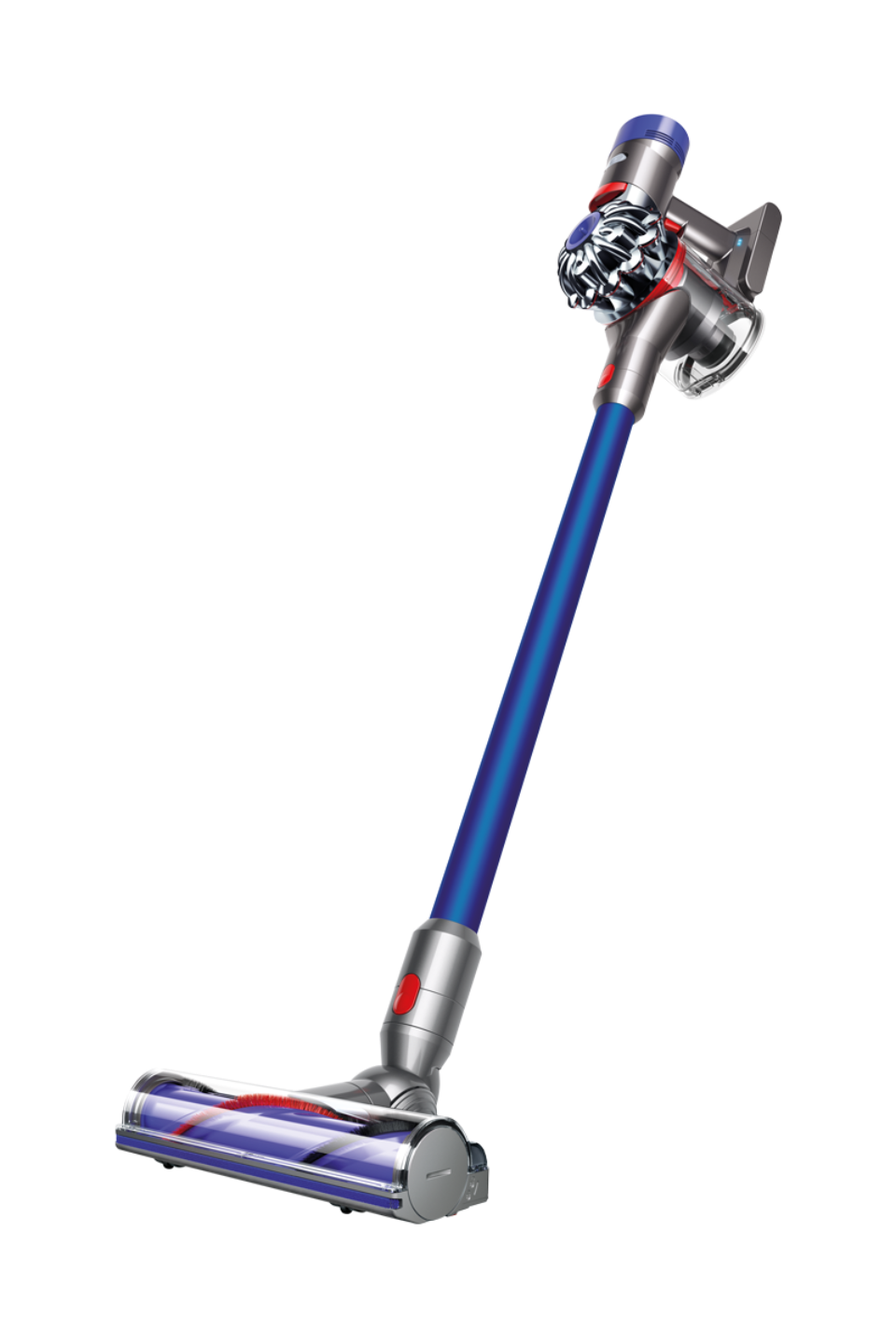Insignia™ – 2.6-Quart Rice Cooker – White
Feed any size family with this Insignia rice cooker. Its 2.6 qt. capacity lets it cook large batches easily, and it automatically switches to a warm setting when it’s done to keep rice at the proper serving temperature.






by Darcarde
Great for the price, we sure it everyday and has worked properly.
by Tony
Great product for single men that want to keep things simple.
by Mike
Solid rice cooker, easy to use, really great price.
by Giaco
Excellent product and the price is very good i recommended
by Jair
This product is worth it specially because of the price. I pay about $12 during the deal of the day and honestly it’s better than I though.
by Annie
Easy to use, and good for the price and for small family.